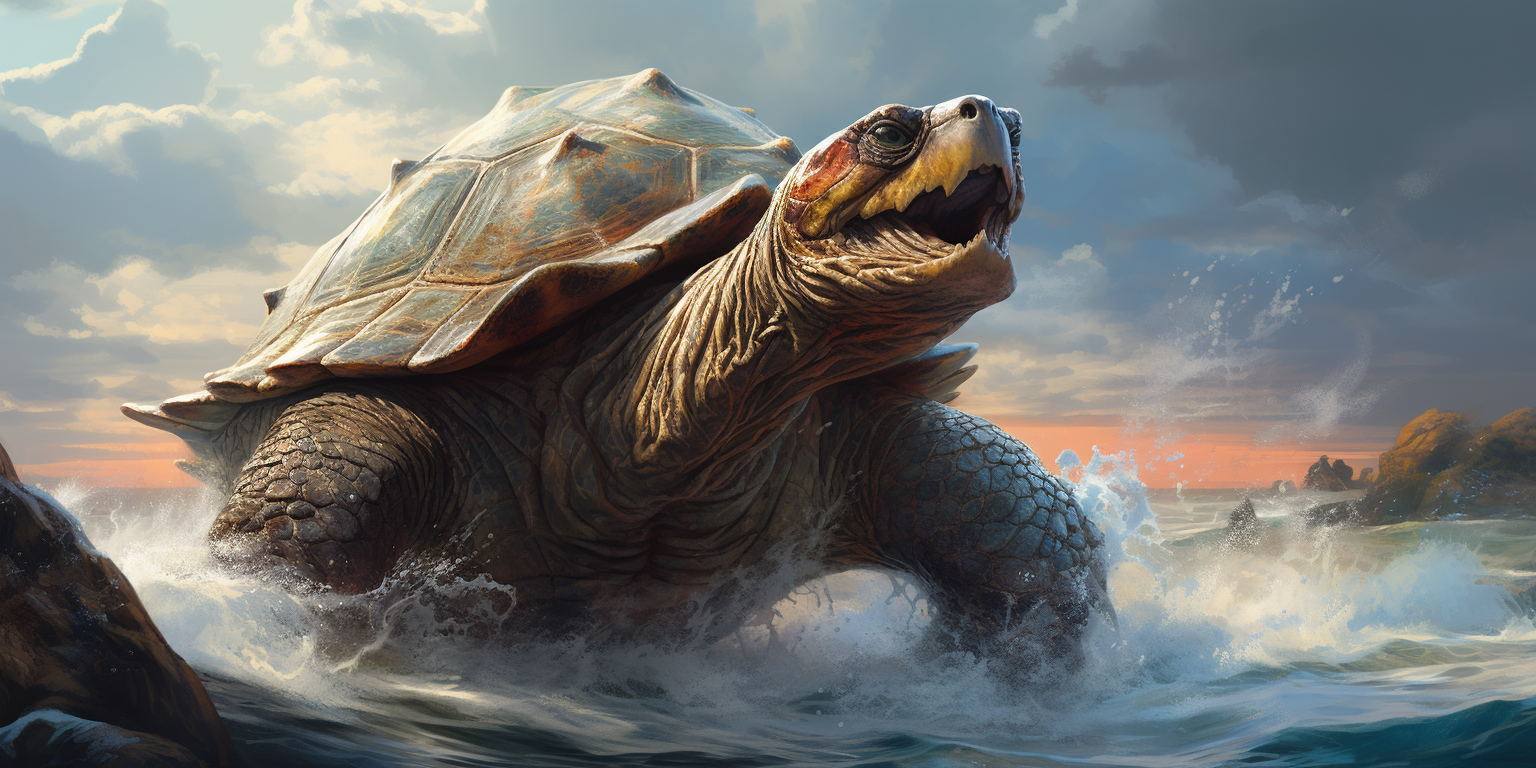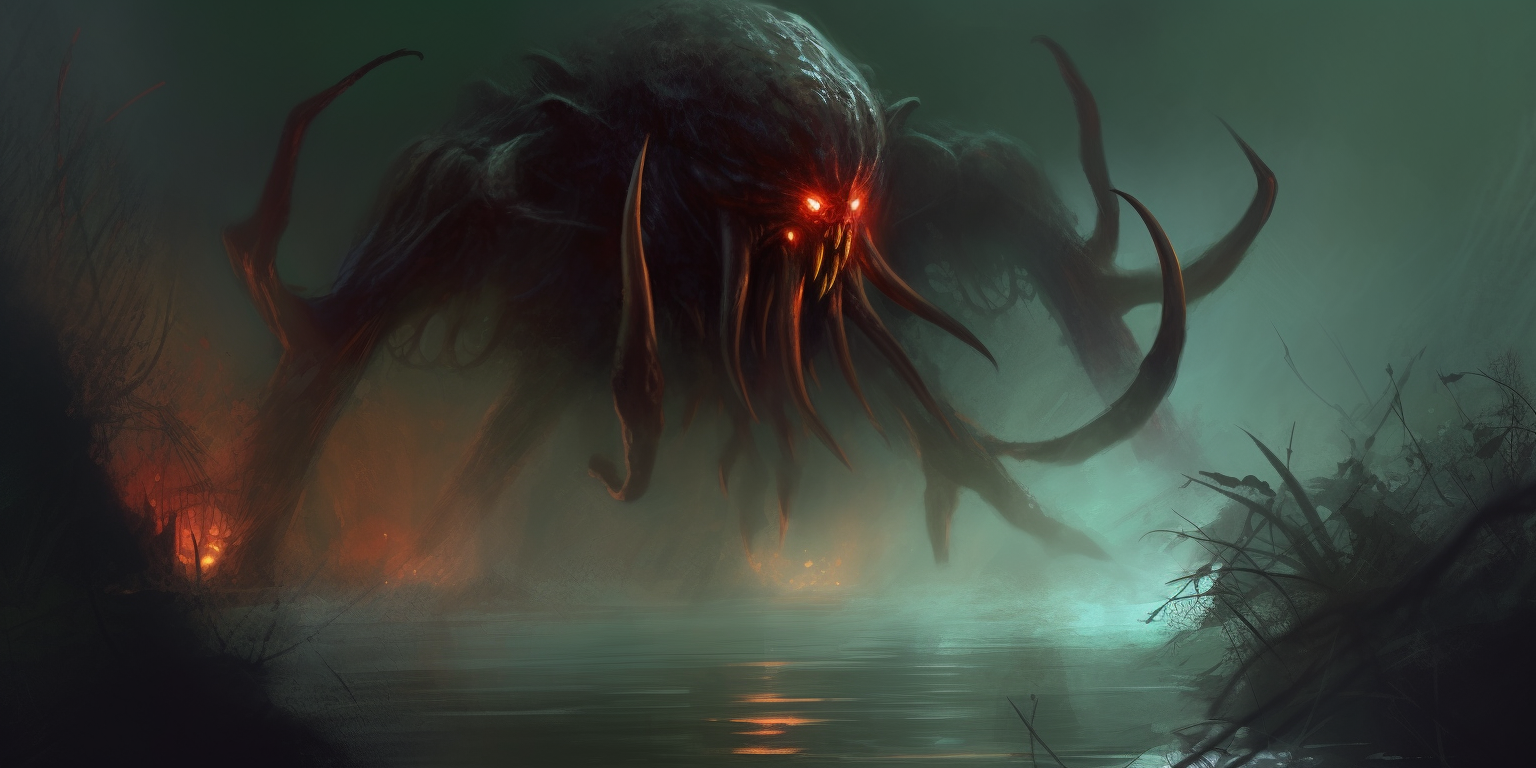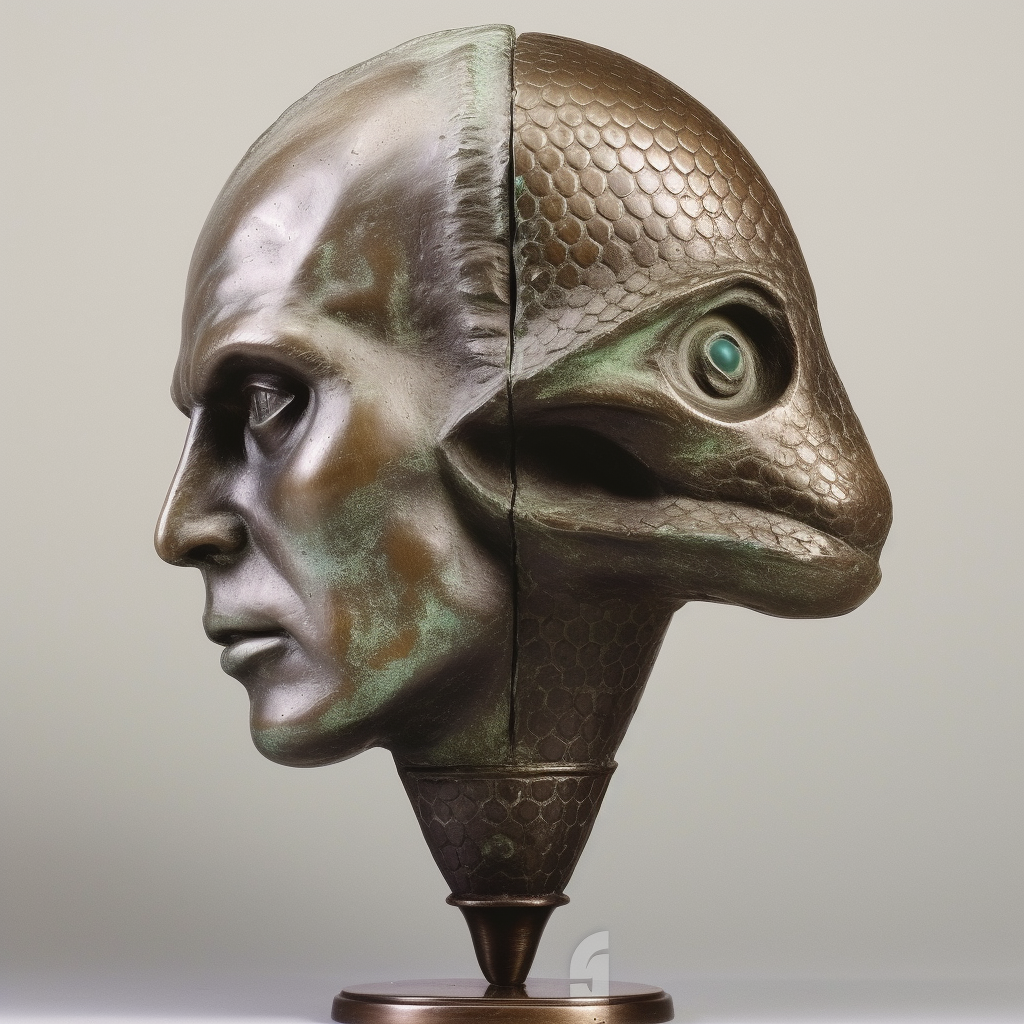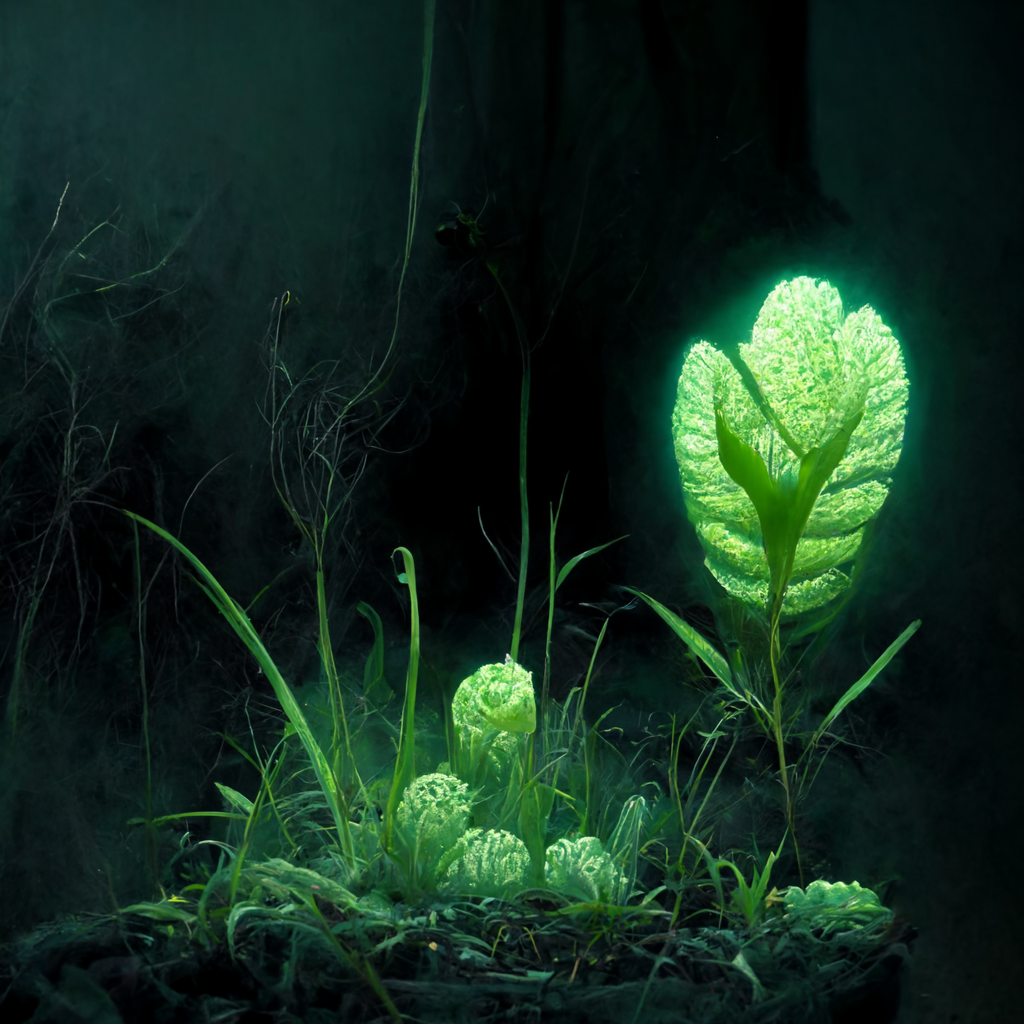There are two major Kaban deities: a shocking few, given their longstanding existence in Laminarum. The reason for such a small list is the Kaban devotion to gods incarnate. That is, the Kaban typically only worship entities that truly walk the lands they inhabit.
The first god is
Korahaman, a large tortoise that inhabited the shallow waters of modern day
Shellbay. The Kaban were largely subservient to
Korahaman, who would put them in a trance once a year to consolidate the memories of the entire civilization. With the memories of the entire civilization collected, Korahaman guided his people on how to survive the following year. Many would consider this a form of prophecy, though its reliance on lived experience explains how
Korahaman fell to humanity: they were a factor that couldn't possibly be accounted for.
While
Korahaman fell, the Kaban would eventually turn to a mysterious entity known as
Kadelkonatl. While the Kaban were enslaved by the
Tara-Jhen with little hope of escape, a voice from the depths of the marshy waters sang songs of change. The song came from the eldritch entity known as
Kadelkonatl. While his origin is still unknown to the masses, many suspect he is an extraplanar entity. The beast would fight for the independence of the Kaban during
The War of Eyiliv, although he surely desired their ranks for his own goals as well. Ultimately,
Kadelkonatl would fall after a battle with the dragon
Vestergil and the Kaban would return to servitude. As of the year 1947 NG, many Kaban await
Kadelkonatl's return, as he never truly died when sinking to the depths of the
Deep-Sea-Dwells.
One exception to the god incarnate rule is the "
Iowata." while the god it represents is unknown, many of these two-faced idols were found around a plethora of sites in
Kazbur, including the first independent village of
Rakiman. A select few Kaban claimed that these idols spoke to them upon discovery and gained dozens of followers. Serving as prophets, most of these Kaban have moved to the ancient city of
Tazban to help the
Augury uncover ancient secrets while also hoping of discovering the next god incarnate. While the number of supporters of this "Iowata" movement continues to increase, the majority of society views these Kaban as extremists or madmen; however, a new god incarnate could finally return the Kaban to the golden age they've been chasing for generations.










Comments